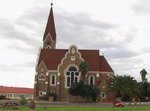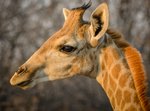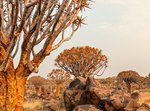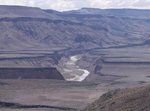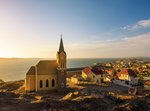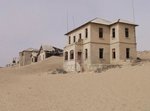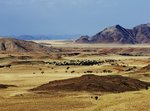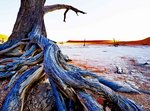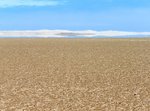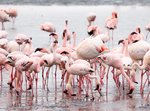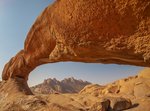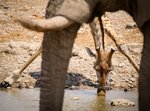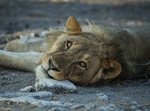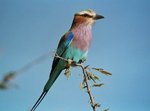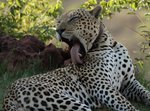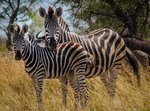Day 1
Arrive in Windhoek. Spend the day at leisure. Windhoek is the capital and largest city of the Republic of Namibia. It is located in central Namibia in the Khomas Highland plateau area, at around 1 700 metres above sea level. Notable landmarks are: Parliament Gardens, Christ Church and the Tintenpalast.
Day 2
Your journey leads you into the centre of the Kalahari Desert via Rehoboth and Kalkrand. You will be able to take part on an optional guided scenic drive through the red sand dune landscape on the ranch.
The Kalahari Desert is a large semi-arid sandy savannah in Southern Africa extending 1.2 million square kilometres, covering much of Botswana and parts of Namibia and South Africa.
Day 3
After breakfast drive via Mariental and Keetmanshoop to the Fish River Canyon. En-route you can visit the Quivertree Forest near Keetmanshoop.
The Aloe dichotoma is a tall, branching species of aloe, indigenous to Southern Africa, specifically in the Northern Cape region of South Africa, and parts of Southern Namibia.
Day 4
Visit the Fish River Canyon, a spectacular natural phenomenon. From the different viewpoints, you have the chance to get a feeling of the enormity of the second largest canyon in the world.
The Fish River Canyon is located in the south of Namibia. It is the second largest canyon in the world and the largest in Africa, as well as the second most visited tourist attraction in Namibia.
Day 5
Drive via Seeheim and Aus towards the coastal town of Lüderitz. If you are lucky, you will see the wild horses of the Namib Desert.The Wild Horses of the Namib hold a powerful fascination. For centuries, their origin was shrouded in mystery. Their habitat, the barren plains around Garub on the eastern fringe of the Namib Desert is no paradise. Nevertheless, they have managed to adapt to the harsh conditions and the arid land which fullfils all their needs.End off the day by taking a walk through the historic town of Lüderitz.
Day 6
Explore the harbour town and the surrounding area today. You can drive to the ancient diamond ghost town Kolmanskuppe or travel along the coastline to visit the Diaz Point and the bays along the way. In town, you can go to the museum, the Goerke House or the ‘Felsenkirche’.
Day 7
Your journey leads you back to the interior of Namibia. Drive via Aus into the direction of Sesriem to reach the lodge nearby whilst driving along stunning landscape. En-route you can visit the Duwisib Castle which was built in the middle of nowhere.
Duwisib Castle, is a grand pseudo-medieval looking fortress in the hills of the semi-arid Southern Namib region of Namibia. It was built by 'Baron' Captain Hans Heinrich von Wolf, who was posted to (then) German West Africa.
Day 8
Explore the Sossusvlei, surrounded by the world’s highest dunes, today in the early morning.
The sand dunes of Sossusvlei in the Namib Desert are thought to be the highest dunes in the world. The best time to view Sossusvlei is close to sunrise and sunset, when colours and shades change constantly, offering a photographer’s dream. The midday heat is intense and best spent in the shade. 'Vlei' is the Afrikaans word for a shallow depression or pan, surrounded by spectacular red dunes, sometimes fills with water.
Day 9
Once again the route leads you to the coast of Namibia. Drive via Solitaire through the barren Namib Desert with its unique eco-system. You can visit the ancient Welwitschia plants and the moonlandscape.
Day 10
Enjoy the day at leisure.
Swakopmund was founded in 1892 as the main harbor for German South-West Africa, and a sizable part of its population is still German-speaking today. Boats were offloaded at Swakopmund’s landmark, the jetty. Swakopmund has a lot to offer which include attractions like: the National Marine Aquarium, the Crystal Gallery and the Martin Luther Steam locomotive.
Day 11
After a good breakfast, you will drive toward Usakos to the lodge, which is situated at the foot of the great Spitzkoppe mountain.
The Spitzkoppe (from German for "pointed dome"; also referred to as Spitzkop, Groot Spitzkop, or the "Matterhorn of Namibia") is a group of bald granite peaks or inselbergs located between Usakos and Swakopmund in the Namib desert of Namibia. The granite is more than 120 million years old and the highest outcrop rises about 1,728 meters (5,669 ft) above sea level.
Day 12
If you wish to, you can join a guided walking trail in the early morning hours. Then you drive via Omaruru und Outjo to the guestfarm just south of the Anderson Gate.
Omaruru, a picturesque town, is rich in history. It is also home to many artist and offers a yearly artist festival in September.
Day 13
Today you should go on a game drives into the Etosha National Park to explore the abundant African wildlife.
In the vast arid space of Northern Namibia lies one of Southern Africa’s best loved wildlife sanctuaries. Etosha National Park offers excellent game viewing in one of Africa’s most accessible venues. Zebra and springbok are scattered across the endless horizon, while the many waterholes attract endangered black rhinoceros, lion, elephant and large numbers of antelope.
Day 14 and 15
Spend the day with game viewing in the Etosha National Park.
Etosha was first established in 1907, when Namibia was a German colony known as South West Africa. At the time, the park’s original 100,000 km² made it the largest game reserve in the world. The salt pans are the most noticeable geological features in the Etosha National Park.
Day 16
It’s time to say good-by and you will continue your journey via Tsumeb and Otjiwarongo to the homeland of the AfriCat Foundation.
Tsumeb is the largest town in Oshikoto region in northern Namibia. The town is the site of a deep mine (the lower workings now closed), that in its heyday was known simply as "The Tsumeb Mine" but has since been renamed the Ongopolo mine.
Day 17
You might want to join some of the big activity variety the lodge has to offer.
Day 18
Drive back to the capital city of Namibia, Windhoek, via Okahandja. Visit a woodcarver’s market in Okahandja.
Depart from Windhoek to the airport for your flight home.
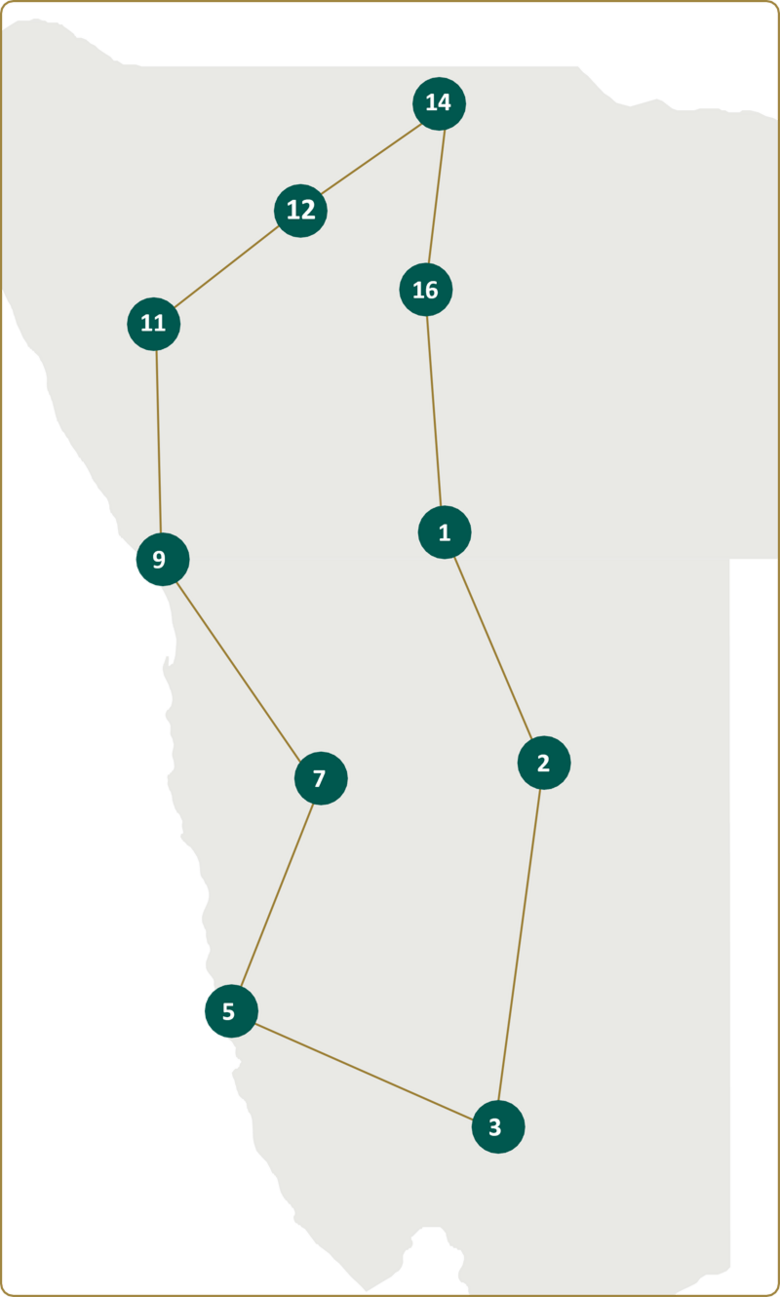
- 1. Villa Violet
- 2. Kalahari Anib Lodge
- 3. Fish River Lodge
- 5. Alte Villa Guesthouse
- 7. Hoodia Desert Lodge
- 9. Namib Guesthouuse
- 11. Spitzkoppen Lodge
- 12. Vreugde Guestfarm
- 14. Mushara Lodge
- 16. Okonjima Plains Camp

